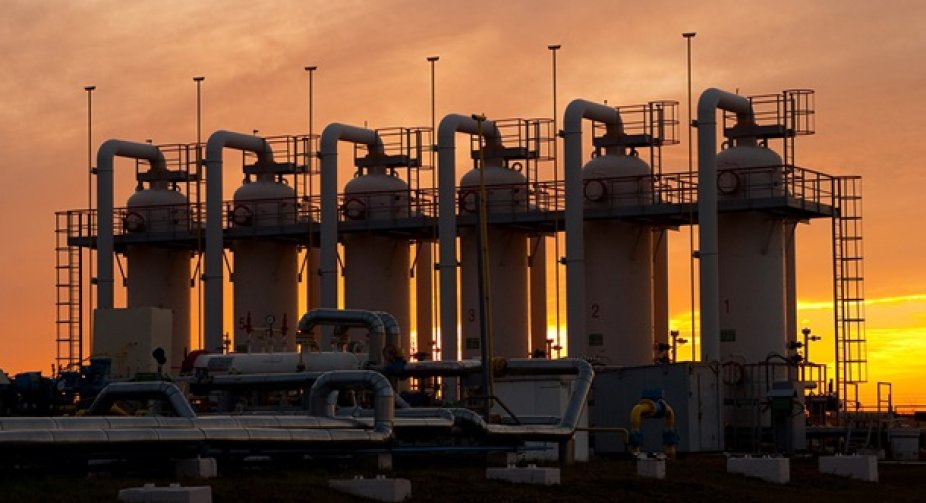The EU has achieved its goal of filling gas storage facilities by at least 80% "well ahead" of the November deadline, despite ongoing gas supply disruptions from Russia, European Energy Commissioner Kadri Simson said the day before.
"EU gas storage is currently more than 80% full, well ahead of the target date of November 1. EU member states and companies have done a great job. Let's continue filling where levels are even lower and implement the EU plan to reduce demand. This will help us have a safe winter," Simson wrote on Twitter.
The EU has set a target to fill the gas storage tank in May in response to Russian gas cuts and the ongoing energy crisis. The goal was to reach at least 80% gas capacity by November 1, 2022, and at least 90% by November 1 for the next few years to ensure enough gas to get through the winter.
At the same time, as Euractiv notes, not all EU countries have underground storage facilities. Of those who have them and fill them out, 10 exceeded the target of 80%, set for November of this year.
For example, in Belgium, the Czech Republic, Denmark, France, Germany, Italy, Poland, Portugal, Spain and Sweden, the filling of storage tanks is more than 80%, although the storage capacities vary greatly between these countries. Meanwhile, six countries — Austria, Croatia, Hungary, the Netherlands, Romania and Slovakia — met their interim goal as of September 1 and are on track to reach the 80% goal, the publication noted.
The Netherlands, a key gas storage country in Europe, is close to meeting the 80% target and plans to do so next week. The country is also reportedly aiming to go further and fill its storage facilities to 90%.
And despite the reduction in gas supplies from Russia, internal gas storage tanks in Austria continued to fill up last week, the relevant ministry said in a Twitter message.
Meanwhile, Hungary's Secretary of State for International Relations and Relations, Zoltan Kovacs, tweeted on Tuesday, August 30, that the country had exceeded its goal. Budapest also signed a contract with Gazprom, Russia's state-owned energy company, to supply no more than 5.8 million cubic meters of additional gas per day beyond the already agreed contractual amount. "Hungary's energy supply is secure," Kovacs said.
Still, in the publication, Simson hinted that some countries are not doing so well in meeting the goal of filling the GSP. While overall storage capacity levels in the EU as of August 31 stand at 80.17%, Bulgaria and Latvia have missed their interim target as of September 1.
Bulgaria is only slightly off its target, but Latvia is said to be more than 10 percentage points short of what it should be by September 1 and more than 25 percentage points short of the 80 percent November target.






